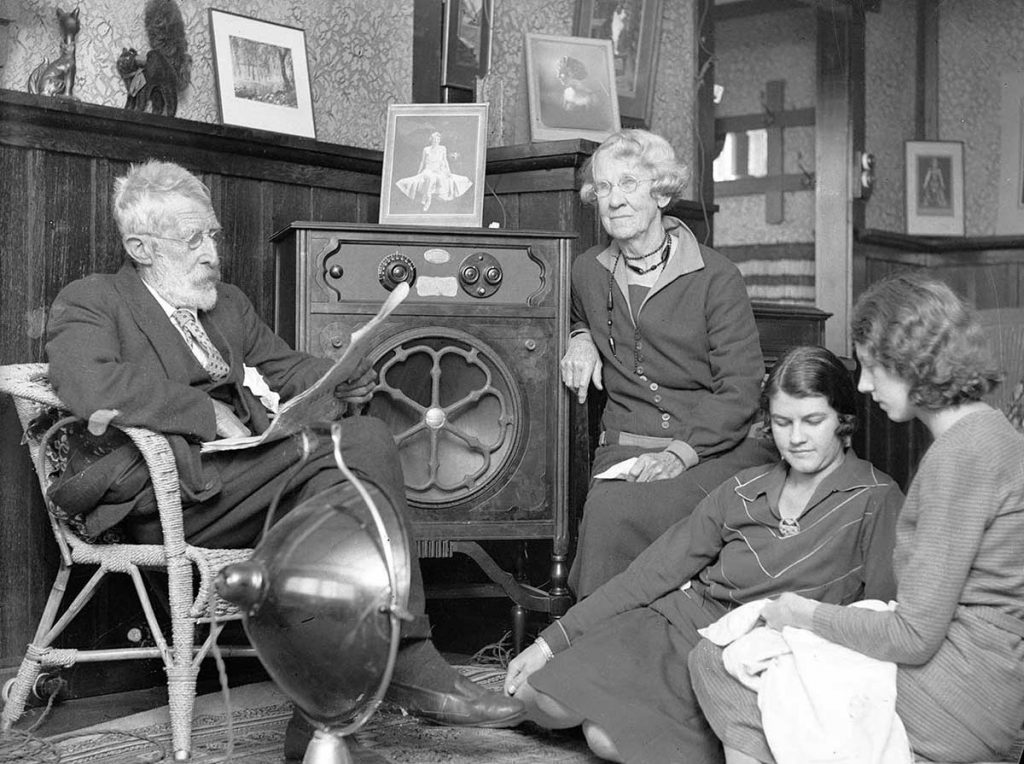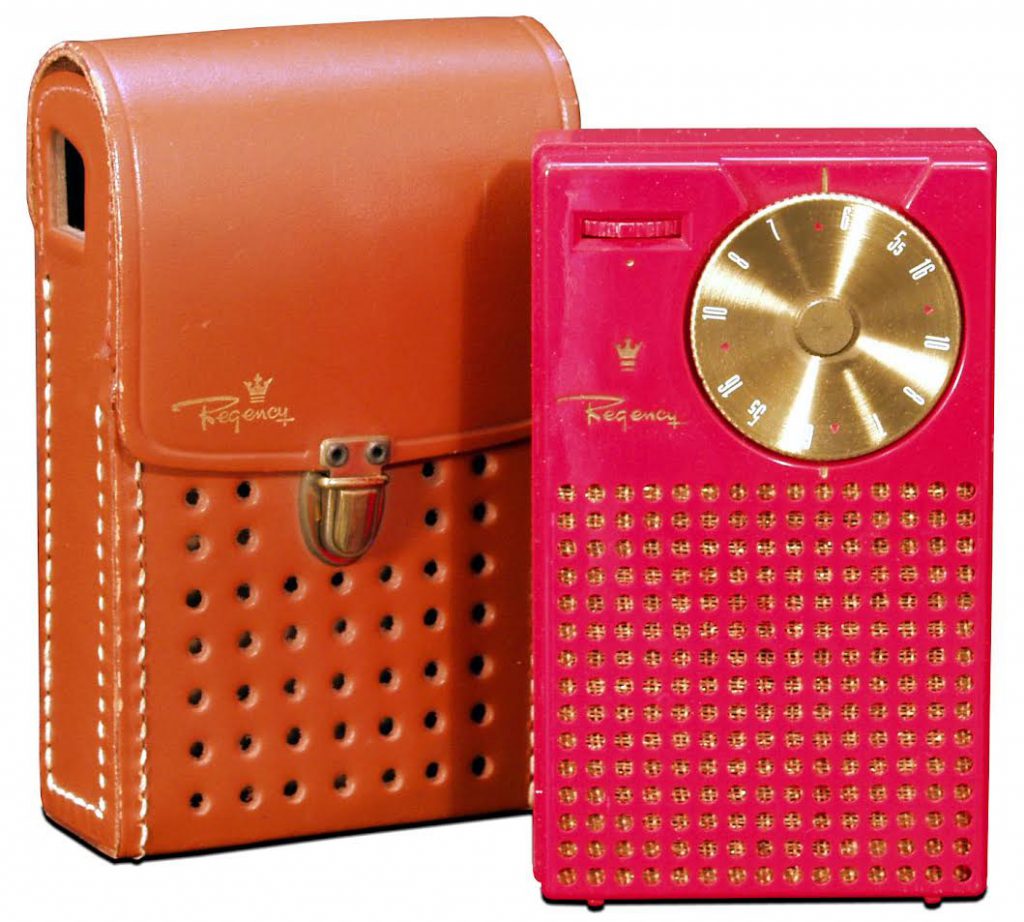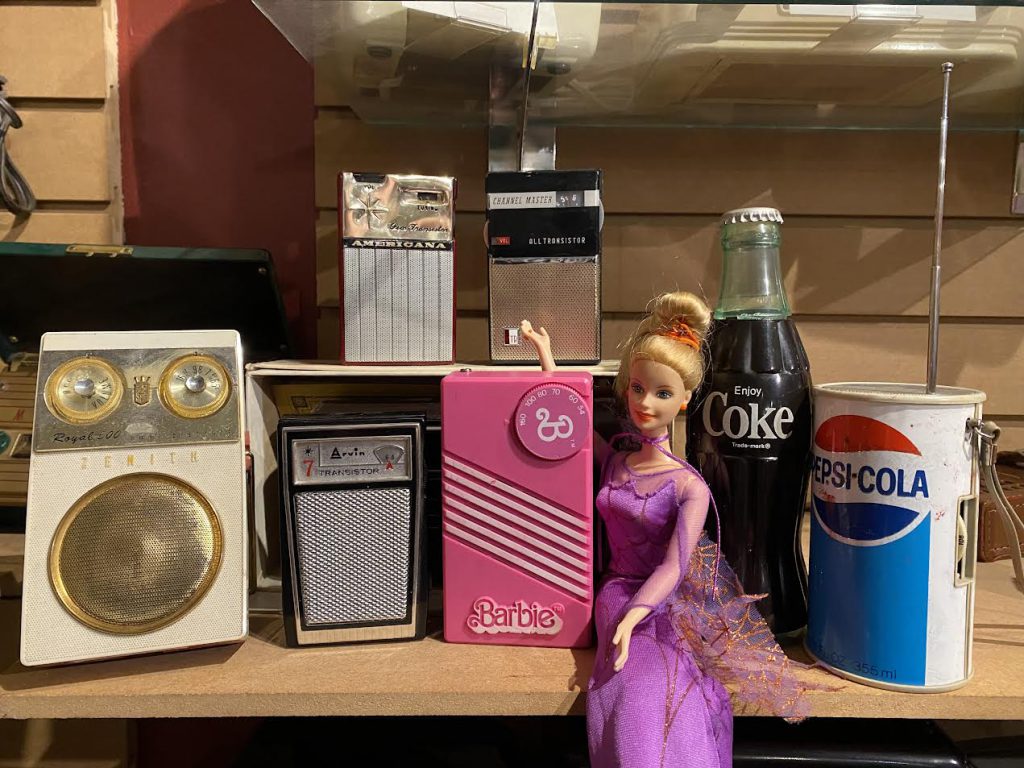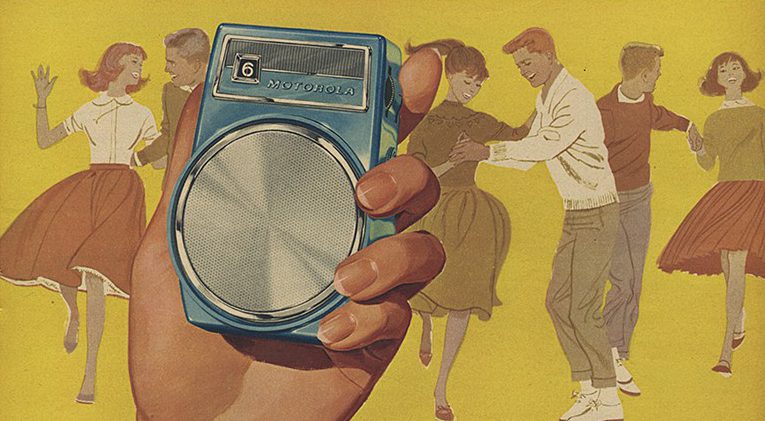Anyone who grew up in the 1950s and 60s will tell you that having a transistor radio was nothing short of liberating. They were light, cheap and went anywhere. When compared to the radios of the past they were positively tiny. Measuring inches instead of feet, weighing ounces instead of pounds, made of plastic instead of wood. Much like cell phones today, if you did not have one of these technological marvels, you were not connected to the world.
But before we talk about the emancipating joy of owning a “pocket” transistor radio, we need to go back in time, way back.

Courtesy of the National Museum of Australia.
The phrase “Nature abhors a vacuum,” attributed to Aristotle, expresses the idea that unfilled spaces go against the laws of nature and every space needs to be filled with something. This Ancient concept was considered self-evident, and accepted by a lot of very smart people for over two thousand years.
Horror vacui, not!
“If Nature abhors a vacuum, then it better stay away from the SPARK Museum,” laughs John Jenkins, president & CEO. “We have one of the largest, best curated vacuum tube collections in the world.” (Currently cataloged at over 20,000)
First patented in 1904, by Sir John Ambrose Fleming (1849–1945) the Fleming valve or vacuum tube was the game changer in early electronics, and made many electrical devices possible: long distance telegraphy, television, radar, and for the purposes of today’s story, radio.
“There would have been no Golden Age of Radio without the vacuum tube,” says Jenkins. “It was the first electronic component, and basically took radio communication, transmission and reception to a world-wide level.”
But wait! We didn’t come to praise the vacuum tube (that’s a completely different story), we came to (figuratively) bury it—because the vacuum tube, to be polite, had limitations.
First, the tubes themselves were made of glass, making them fragile and prone to leakage. Second, vacuum tubes require high-voltage power supplies and consume a lot of energy, much of it through unnecessary heat. These electronic ships-in-a-bottle also a have a limited lifespan, and must be maintained.
Finally, vacuum tube powered radios were anything but portable. They were huge and heavy, even the tabletop models. The idea of lugging the family radio (if you could pick it up), along on a walk or picnic was a joke.

Which brings us to an invention that not only changed the size and shape of radio, but the way we listen, and where.
Signaling a Change
Invented by John Bardeen, Walter Brattain, and William Shockley at Bell Labs in 1947, the transistor is a device that can be used as an amplifier, a switch, or for signal modulation. These solid state devices were much smaller, more durable, and didn’t require costly maintenance.
Another big advantage was the heat, or lack there of. Unlike vacuum tubes, transistors require less energy and generate less heat, making them more suitable for integration into smaller and densely packed circuits. This efficiency is crucial for modern electronics, especially those designed for mobile applications like, well, like the portable radio.
The Regency TR-1 is the very first transistor radio, produced by Texas Instruments (they built the transistors), and Industrial Development Engineering Associates (they built the radio), and released to stores across the country on October 18, 1954.
Just in time for Christmas.
The TR-1 is just 5 inches tall, weights 11 ounces, and featured four germanium transistors operating on a 22.5-volt battery.
Originally offered in 4 colors: black, ivory, red and gray, with a large gold dial for easy operation. It could pickup a spectrum of AM radio stations, had an attachable earphone, and promised a 20 hour battery lifespan.
Look Ma, no outlet!
The Regency TR-1 transistor radio, being much smaller and battery-powered, provided a level of portability that was unprecedented. This made it possible for people to take their radios with them wherever they went, whether it was to the beach, on your bike, or simply walking around the house.

People can now listen to news, music, and other programs on the go, breaking away from the constraints of being tied to a stationary radio set. Now the music and information go with you, the listener. Untethered. Unburdened.
Nobody’s radio but yours.
Much like the automobile, the transistor changed the way Americans enjoyed radio, especially kids. Instead of a family affair, teenagers began listening to the radio alone or with friends. This coincided with the rise of popular AM broadcast stations marketing directly to all those on-the-go, rock & roll loving teenagers.
Retailing for about $50, the Regency TR-1 quickly sold 150,000 units. However, other manufacturers immediately embraced this new transistor technology, and soon the market was flooded with affordable transistor radios with billions sold throughout the world.
Electronic Hall of Fame
Despite its short life, the Regency TR-1 transistor radio changed the face of consumer radio forever. This technological marvel represents the first great step from old school to new school electronics. Now, for the first time, everyone can have this wonderous technology in the palm of their hand, wherever they go.
